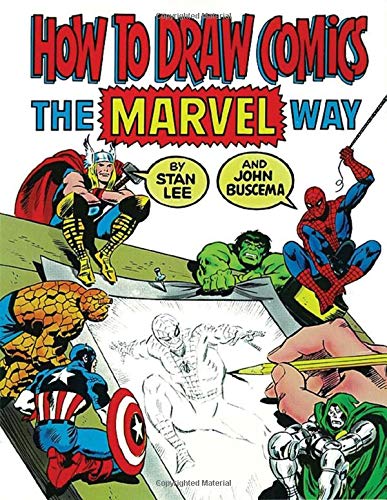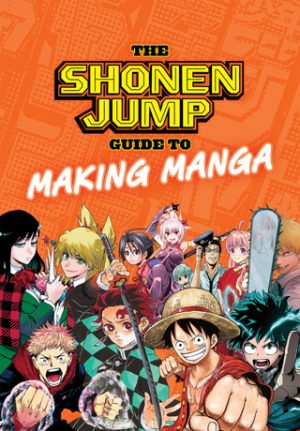
Wouldn’t it be amazing to draw the dynamic characters that you see in your favorite manga? To be able to bring your own ideas to life in a style you’ve loved since you were a child? Well, of course it would be! That’s why drawing manga or manga-inspired art is such a popular hobby, and why there are hundreds of “how to draw manga” books out there to teach you what you need to know.
But when attempting to navigate this sea of tutorials, it’s difficult to separate the books that are genuinely worth your time from those that are just trying to cash in on the latest trend. So we’re here today to steer you in the right direction on your journey to become a master manga artist!
Don’t Buy the First Thing You See on the Shelf
Most “how to draw manga” books that you see on the shelves are aimed towards children and are of limited use to someone who’s serious about learning the craft. Oftentimes, these Western-produced manuals are written by people who aren’t experienced manga artists–if the author has written other titles about vastly different styles of art, then you might not be able to learn much from them.
Instead, look for tried-and-true classics that have an endorsement from professional artists. How to Draw Comics the Marvel Way by Stan Lee and John Buscema is over 40 years old at this point, but its concise and easy-to-digest lessons on cartoon anatomy and posing make it a must-read for aspiring comic artists to this day. The same goes for Understanding Comics by Scott McCloud, which focuses on paneling and expressing emotion through simplified gestures.
Learn Reality Before You Change It
As every art teacher will tell you, even Picasso had to learn the basics before he could turn them upside-down with cubism. So it’s important to remember that, underneath the multicolored hair and oversized eyes, manga characters still represent real humans. Eyes have tear ducts and lids, skin creases and changes thickness, and there’s an entire ecosystem of muscles and organs underneath the surface. By studying the intricacies of the human body, you can make intelligent decisions about how to simplify them for your own manga aesthetic.
Take a life drawing class at your local college or maker space. Pay attention to how your own body moves as you go about your day. For detailed lessons, take a look at well-regarded figure drawing manuals such as Drawing People by Barbara Bradley and Figure Drawing For All It’s Worth by Andrew Loomis. And once you know how to represent humans as realistically as possible, you’ll be much more prepared to carve out your own style!
Specific Manga Techniques
Finally, let’s check out some books that specifically address manga. Shoujo Manga Techniques: Drawing Basics by Hirono Tsubasa and Nene Kotobuki is a fantastic primer for the traditional process of creating a manga from start to finish, including tutorials on storyboarding, inking, applying screentones, and more. And we can’t forget the legendary How to Draw Manga series published by Graphic-Sha, which offers dozens of books on everything from costume design to action scenes to supernatural creatures.
In general, the best books about manga techniques are written by Japanese people, for a Japanese audience. They treat manga with the same kind of respect that Stan Lee and Scott McCloud treat Western comics, so you can trust that they really care about the art form and want their readers to be successful. Even though some things like the protocol for pitching your one-shot to a Japanese publishing house aren’t relevant to Westerners, this is still where you’ll find the best advice on how to draw in the manga style.
Final Thoughts

Lastly, draw manga because it’s something that brings you joy. If you set out with the goal of taking the world by storm with your very first manga, you’ll lose sight of what got you into this hobby in the first place; an admiration of all things Japanese, and a desire to express yourself through an art medium that you love. If you keep those feelings close to your heart, then your manga will feel successful no matter what happens!
What did you think of our guide? Have you ever drawn in the manga style before? What are your favorite “how to draw manga” books? Let us know in the comments, and thanks so much for reading!



